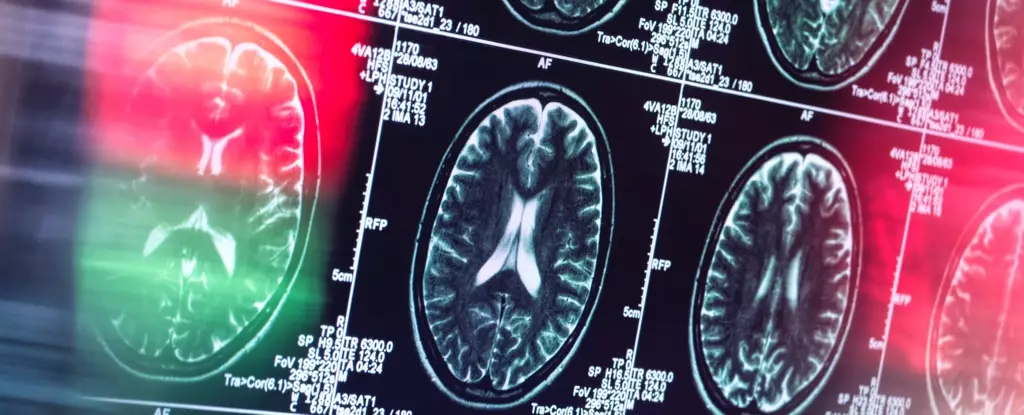The quest to discover an effective cure for Alzheimer’s disease is intensifying, marked by controversies and shifting perspectives among researchers. With groundbreaking findings and clinical decisions making headlines, the urgent need for innovation in treatment strategies remains paramount. In recent years, certain pivotal revelations have stirred the scientific community, casting doubt on long-held beliefs regarding the origins and nature of this devastating neurological disorder.
A notable turning point emerged in July 2022 when Science magazine disclosed allegations surrounding a pivotal 2006 research paper published in Nature. This study suggested that beta-amyloid proteins were key culprits in the progression of Alzheimer’s. However, claims of manipulated data raised questions about the validity of this foundational research. The implications were severe, as the narrative around beta-amyloid dominated Alzheimer’s discourse for years.
In June 2021, the FDA approved aducanumab, an antibody designed to target beta-amyloid, for Alzheimer’s treatment despite criticisms pertaining to the inconsistencies in the supporting clinical data. The mixed responses among medical professionals—some condemning the approval while others advocating for its potential—have ignited debates concerning the direction of Alzheimer’s research. These events beg the question: why do researchers seem to be grappling with an effective solution amidst such urgent public need?
Intellectual Inertia in Alzheimer’s Research
For an extended period, the research community has remained largely fixated on beta-amyloid, honing in on therapies aimed at eliminating or mitigating the effects of these protein aggregates. This singular focus, while grounded in a desire to combat a grievous disease, has inadvertently resulted in a stagnation of intellectual exploration. Consequently, alternative avenues, which may offer insights into the complexities of Alzheimer’s, have been sidelined.
The need for an evolved frame of reference in understanding Alzheimer’s is becoming increasingly evident. Laboratories like the Krembil Brain Institute, spearheaded by forward-thinking scientists, are embarking on a novel conceptualization of the disease. Their hypothesis shifts the perspective from a primary neurodegenerative disorder to one that emphasizes dysregulation in the brain’s immune response.
This transformative theory posits that Alzheimer’s stems from immune system dysfunction in the brain rather than solely from the accumulation of harmful proteins. The immune system, responsible for tissue repair and defense against pathogens, also plays a vital role in maintaining the brain’s health. When the brain is compromised—whether by injury or microbial presence—beta-amyloid is released as a component of the immune response.
However, the unexpected consequences of this response arise from beta-amyloid’s inability to distinguish between foreign invaders and brain cells. This misidentification prompts an attack on the very neurons that the immune system is intended to protect, leading to a disturbing spiral of degeneration and cognitive decline. Under this paradigm, Alzheimer’s disease takes on characteristics akin to autoimmune disorders, yet therapeutic approaches traditionally effective for other autoimmune diseases may not translate to the unique conditions of the brain.
Expanding Theoretical Frameworks in Alzheimer’s Research
While the autoimmune hypothesis marks a significant shift, it is essential to acknowledge that it is not the sole avenue being explored. Recent investigations have also opened the door to various other theories that illustrate the disease’s multifaceted nature. For example, some scientists propose that Alzheimer’s may arise as a result of mitochondrial dysfunction, emphasizing the significance of cellular energy production in cognitive health. Others have hypothesized that oral bacteria may play a pivotal role in the disease’s etiology or that metabolic dysregulation involving trace metals could contribute to its progression.
These fresh perspectives coincide with a pressing global crisis; with dementia affecting over 50 million individuals worldwide and a new case emerging every few seconds, there is an absolute necessity for innovative solutions. Families bearing the burden of this illness often grapple with the heartbreaking reality of loved ones who fail to recognize those closest to them.
The journey toward finding effective treatments for Alzheimer’s disease cannot be one-dimensional. As the understanding of Alzheimer’s evolves, it becomes critical for the research community to embrace a wider spectrum of potential causal mechanisms. Acknowledging the complexities surrounding the disease, alongside the necessity for lastingly impactful interventions, is essential for nurturing hope for millions affected by this debilitating condition. The challenge now lies in channeling these myriad insights into viable therapeutic strategies that can lessen the impact of Alzheimer’s, trigger breakthroughs in treatment, and, ultimately, foster resilience for patients and families alike. In this public health crisis, the need for unrelenting creativity and collaboration is more urgent than ever.

